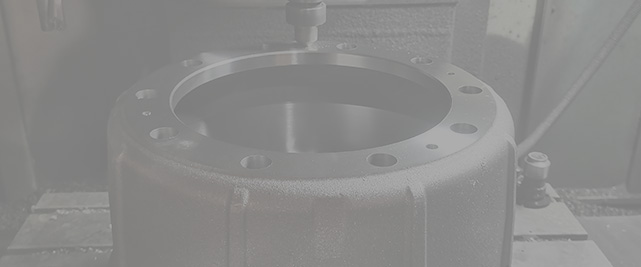Nov . 12, 2024 21:27 Back to list
which component keeps the lining close to the brake drum
Understanding the Component That Keeps the Lining Close to the Brake Drum
In automotive engineering, the braking system is a critical safety feature, playing an essential role in the performance and reliability of a vehicle. One of the key elements of this system is the brake shoe, which is designed to create friction against the brake drum. This friction is what ultimately slows down or stops the vehicle. A crucial question arises in the context of this system which component keeps the lining close to the brake drum? The answer lies predominantly in the design and function of the brake shoe assembly, including various components that work together to ensure efficient braking.
At the heart of this mechanism are the brake shoes themselves. These curved components generally have a friction lining attached to them, made of materials such as composite, metallic, or ceramic compounds. The primary purpose of these linings is to create the necessary friction with the brake drum when the braking system is engaged. However, simply having brake shoes is not enough; they must be kept in close proximity to the brake drum to ensure optimal performance.
The component that performs this crucial function is known as the brake adjuster. The adjuster is designed to maintain the correct distance between the brake shoe lining and the brake drum. As the linings wear down over time due to repeated use, the adjuster automatically compensates for this wear, allowing the brake shoes to remain close to the drum. This automatic adjustment helps to maintain effective braking performance and prevents the pedal from feeling “spongy” or unresponsive.
which component keeps the lining close to the brake drum

Additionally, the spring assembly plays a vital role in this system. Springs, typically composed of high-strength steel, are used to return the brake shoe to its original position when the brakes are not engaged. These springs ensure that the brake shoes are adequately retracted away from the drum, creating a gap that prevents unnecessary wear when the brakes are not in use. As the driver presses the brake pedal, the springs compress, allowing the brake shoes to expand and press against the drum, activating the braking process.
Moreover, another element that assists in holding the lining close to the brake drum is the brake backing plate. This plate serves as a structural base for the brake shoes and provides support for various related components. It also plays a role in aligning the brake shoes so that they remain positioned correctly relative to the drum.
In modern vehicles, some systems utilize self-adjusting mechanisms that automate the adjustment of the brake shoes over time, providing added convenience and safety for drivers. These systems often incorporate a ratchet mechanism that allows for gradual adjustments without manual intervention, effectively keeping the brake lining optimally positioned against the drum.
In conclusion, the efficient operation of a vehicle's braking system relies on a combination of components that work harmoniously to ensure that the lining remains close to the brake drum. The brake shoes, adjusters, spring assemblies, and backing plates form an integrated assembly that responds dynamically to wear and braking conditions. Understanding these components is essential for effective maintenance and improving the overall performance and safety of vehicles on the road.
-
Scania Brake Drums: OEM Quality for Optimal Safety & Durability
NewsAug.16,2025
-
R.V.I: Advanced Remote Visual Inspection for Precision
NewsAug.15,2025
-
Discover HYUNDA: Innovative Vehicles, Equipment & Solutions
NewsAug.14,2025
-
R.V.I: Unlock Advanced Insights & Real-time Performance
NewsAug.13,2025
-
Kamaz Brake Drum: Durable & Reliable for Heavy Duty Trucks
NewsAug.12,2025
-
Heavy Duty Iveco Brake Drum - Premium Quality & Safety
NewsAug.11,2025
